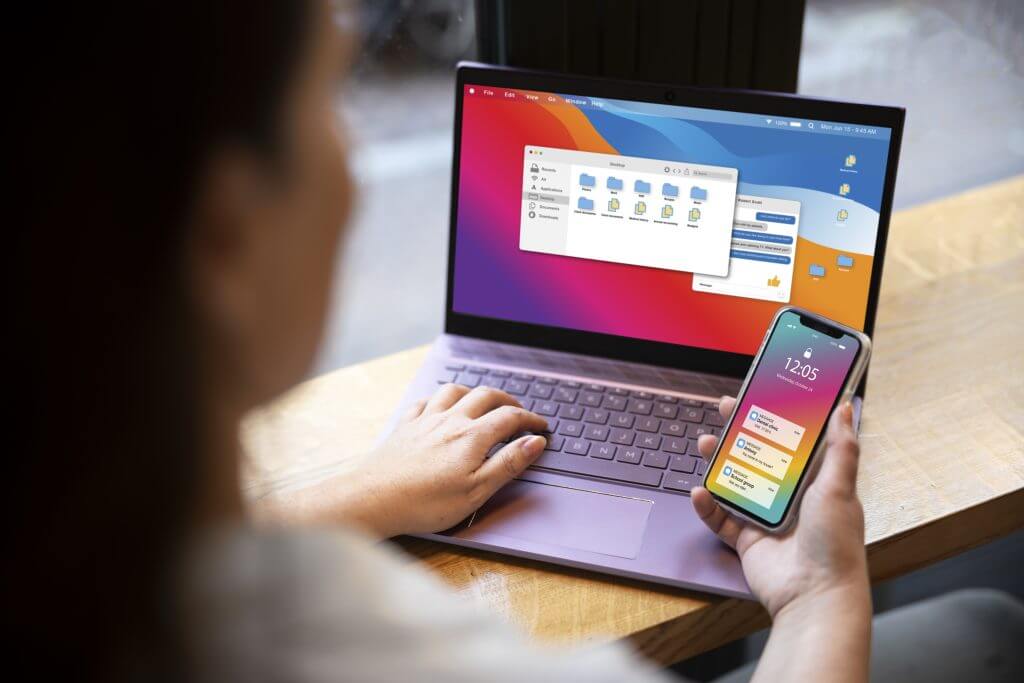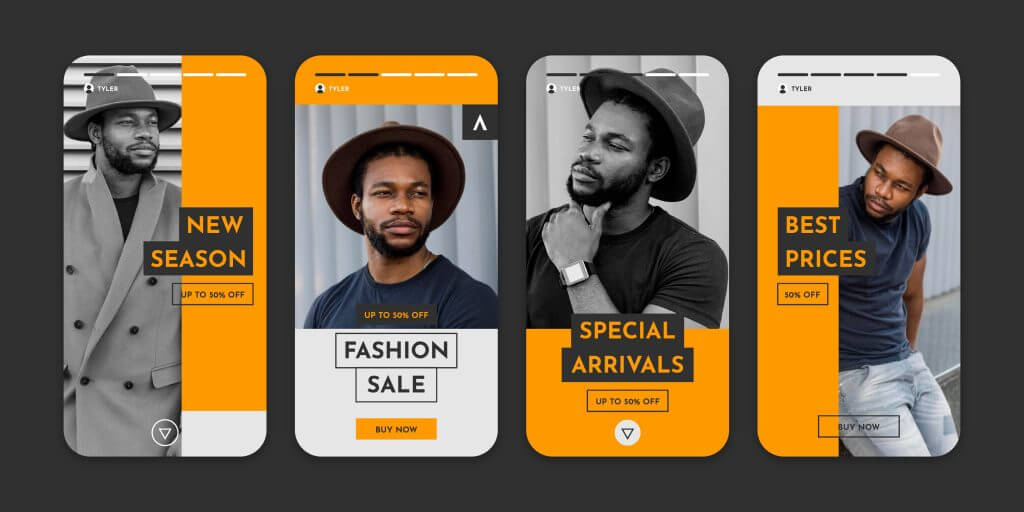In today’s digital landscape, mobile devices have become an integral part of our daily lives. From checking emails to browsing social media and shopping online, people are constantly connected on their smartphones and tablets. As a result, mobile marketing has emerged as a crucial strategy for businesses looking to reach their target audience effectively. In this article, we’ll explore the latest mobile marketing trends and how you can leverage them to connect with your audience on the go.
1. The Rise of Mobile Search

With the increasing use of smartphones, mobile search has witnessed a significant surge in recent years. More and more users are turning to their mobile devices to find information, products, and services on the go. This trend highlights the importance of optimizing your website and content for mobile search to ensure visibility and accessibility to your target audience.
2. Location-Based Targeting
Location-based targeting is another key trend in mobile marketing. With the help of GPS technology, businesses can now deliver personalized content and offers to users based on their geographic location. This allows for hyper-targeted advertising campaigns that are highly relevant to the user’s current whereabouts, increasing the likelihood of engagement and conversions.
3. Mobile-Friendly Websites

As mobile usage continues to grow, having a mobile-friendly website is no longer optional – it’s a necessity. Users expect seamless browsing experiences across all devices, and a responsive website design ensures that your content is easily accessible and visually appealing on smartphones and tablets. Moreover, Google now prioritizes mobile-friendly websites in its search rankings, making it essential for SEO purposes as well.
4. Video Content Optimization
Video content has become increasingly popular on mobile devices, with platforms like YouTube, TikTok, and Instagram dominating the mobile landscape. Optimizing your video content for mobile consumption is crucial for capturing the attention of your audience and driving engagement. This includes creating vertical videos optimized for mobile screens, adding subtitles for silent viewing, and ensuring fast loading times for smooth playback.
5. Social Media Stories

The popularity of social media stories, ephemeral content that disappears after 24 hours, has skyrocketed in recent years. Platforms like Instagram, Facebook, and Snapchat offer businesses a unique opportunity to connect with their audience in a more authentic and spontaneous manner. By incorporating stories into your mobile marketing strategy, you can create engaging content that drives user interaction and builds brand awareness.
6. Chatbots and Messaging Apps
Chatbots and messaging apps have revolutionized customer communication, offering businesses a convenient way to engage with their audience in real-time. From answering customer inquiries to providing personalized recommendations, chatbots can streamline the customer service experience and enhance user satisfaction. Integrating chatbots into your mobile marketing strategy can help you deliver immediate support and assistance to your mobile audience.
7. Voice Search Optimization
With the rise of voice-activated virtual assistants like Siri, Alexa, and Google Assistant, voice search has become increasingly prevalent among mobile users. Optimizing your content for voice search queries involves understanding natural language patterns and targeting long-tail keywords that mimic conversational phrases. By incorporating voice search optimization into your mobile marketing strategy, you can ensure that your content is discoverable and accessible to voice search users.
8. Augmented Reality (AR) Experiences
Augmented reality (AR) technology has opened up new possibilities for mobile marketing, allowing businesses to create immersive and interactive experiences for their audience. From virtual try-on features for retail products to AR-powered games and filters on social media platforms, AR technology enables brands to engage users in innovative ways. By integrating AR experiences into your mobile marketing campaigns, you can captivate your audience and differentiate your brand from competitors.
9. Personalized Push Notifications
Personalized push notifications are a powerful tool for driving user engagement and retention on mobile devices. By sending targeted messages based on user behavior, preferences, and location, you can deliver relevant content and offers that resonate with your audience. However, it’s essential to strike a balance between providing value and avoiding overloading users with notifications, as excessive messaging can lead to app fatigue and opt-outs.
10. Privacy and Data Security
With growing concerns over privacy and data security, mobile users are becoming more cautious about sharing their personal information with businesses. Therefore, it’s crucial for brands to prioritize data protection and transparency in their mobile marketing practices. By implementing robust security measures, obtaining explicit consent for data collection, and respecting user privacy preferences, you can build trust and credibility with your audience.
In conclusion, mobile marketing continues to evolve rapidly, driven by advancements in technology and shifts in consumer behavior. By staying abreast of the latest trends and adopting innovative strategies, businesses can effectively reach their audience on the go and drive meaningful engagement and conversions. Whether it’s optimizing for mobile search, leveraging location-based targeting, or embracing emerging technologies like AR and voice search, the key to success lies in delivering personalized and relevant experiences that resonate with mobile users.